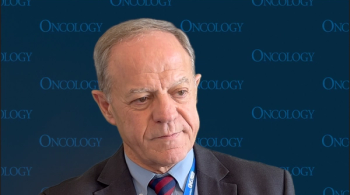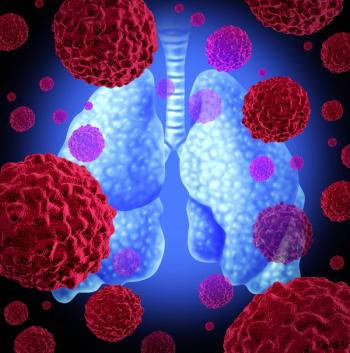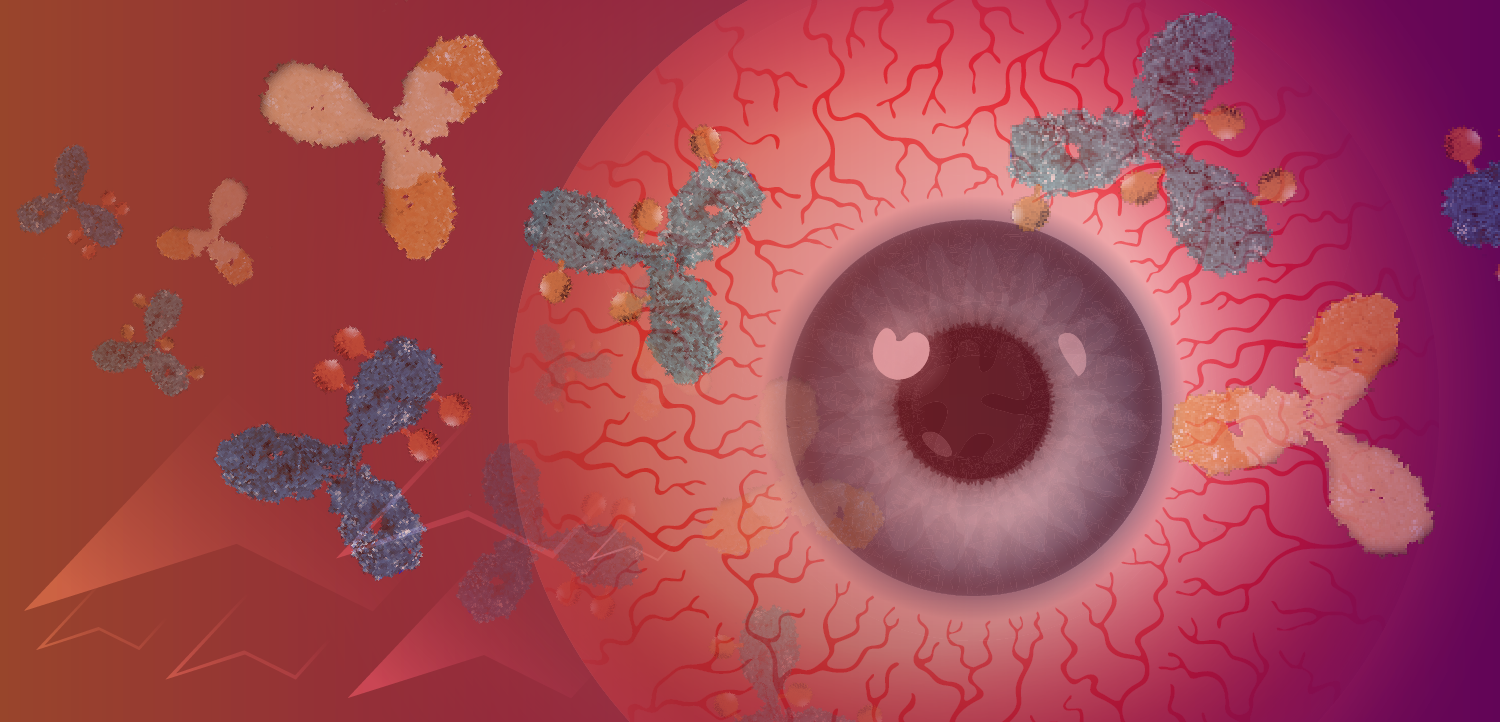
- Oncology NEWS International Vol 10 No 4
- Volume 10
- Issue 4
Smoking Prevalence, Mortality Ranges Widely From State to State
WASHINGTON-Smoking prevalence varies considerably from state to state among both adults and students, according to new data from the Centers for Disease Control and Prevention (CDC). In 1999, adult prevalence ranged from 13.9% in
WASHINGTONSmoking prevalence varies considerably from state to state among both adults and students, according to new data from the Centers for Disease Control and Prevention (CDC). In 1999, adult prevalence ranged from 13.9% in Utah to 31.5% in Nevada. For students (grades 9-12), the rate varied between a low of 11.9% in Utah to a high of 43.6% in South Dakota. Smoking-related deaths ranged from 188 per 100,000 population in Utah to 469 per 100,000 in Nevada. Kentucky had the highest lung cancer mortality rate in 1997, 53.2 per 100,000, and Utah had the lowest, 14.2 per 100,000.
Articles in this issue
over 24 years ago
IOM Urges Action to Fix ‘Broken’ US Health Care Systemover 24 years ago
Thompson Pledges Fundamental HCFA Reformover 24 years ago
NCCN Updates Its Practice Guideline for Breast Cancerover 24 years ago
NCI Debuts New Program for Cancer Advocatesover 24 years ago
Augmerosen, Antisense Drug, in Phase III Testing in Melanomaover 24 years ago
Automated System Improves Accuracy of HER-2 Scoringover 24 years ago
Small Advantage for Adjuvant Paclitaxel in Early Breast Cancerover 24 years ago
Prostate Cancer Research at UCSF Focuses on Dendritic CellsNewsletter
Stay up to date on recent advances in the multidisciplinary approach to cancer.



















































































